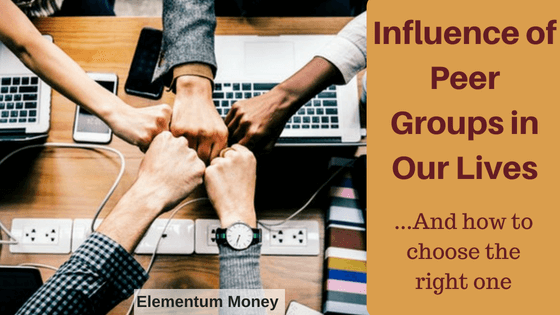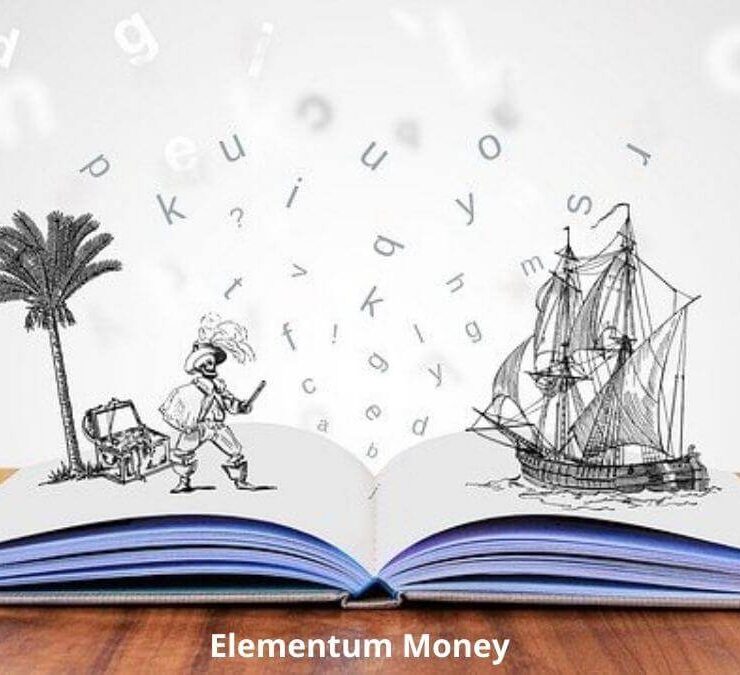In late January, we were fortunate enough to embark on a trip to the beautiful city of Udaipur. It was my first time there and new places have a very high hit ratio of making me giddy with excitement. However, on this trip there was an added element.
Some time back, a class mate from my history graduation days had finally made her way to Facebook. I was delighted to see her as one of the few people who was making a living in that subject, as she mentioned being employed as an art conservator in Udaipur. As I prepared to make my way to the city, I happened to remember her and long story short we decided to meet after 13 years!
The fact is that this friend of mine was the topper in our class. She was someone who was extremely diligent with a sharp, narrow and focused point of view of her destination. While most of us girls would often make plans to bunk classes, maybe loaf around, she pretty much knew that all she wanted to do was crack the Civil Service exams and get to a cushy administrative job.
Now, when I met her, some of her uptight seriousness seemed a little less so and she came across as far more relaxed. This, despite the fact, that she had had to take a break of 1 or 2 years due to health reasons and then get her career back on track. Through the conversation, there were many times when I visibly gaped at what she said and she just laughed in self-acknowledgement of the mindset change. And then she said something which stuck with me, “You know what Aparna? Now my only goal in life is to be happy”.
It’s been more than 4 months since she made that statement and I can still see us sitting on that ancient stone ledge in the City Palace. A bulb lit up in my head and I have been wondering ever since. While happiness is a fantastic goal, it still means such different things to different people. There has to be some common thread which can help people get closer to this elixir of life.
What is happiness?
As usual, my first bland port of call was Wikipedia and it didn’t disappoint sprouting forth this definition:
The term happiness is used in the context of mental or emotional states, including positive or pleasant emotions ranging from contentment to intense joy. It is also used in the context of life satisfaction, subjective well-being, eudaimonia, flourishing and well-being.
–Happiness, Wikipedia
That’s a sure shot way to get people off the pursuit of happiness altogether.
Although, Psychology Today was worse defining happiness as “an electrifying and elusive state”. Maybe that’s why there is room for bloggers like me.
But of all the websites I trawled, I thought Happify made the definition oh-so-simple and gave me my eureka moment of the day. After proclaiming that happiness does not mean feeling good all the time or to be able to afford anything or even a final destination, they neatly tied up loose ends with:
The research suggests that happiness is a combination of how satisfied you are with your life, and how good you feel on a day-to-day basis.
–What is happiness anyway, Happify
Mind you, this again does not mean that happiness implies someone wearing a goofy grin of joy day in and day out. But, it does mean more days of feeling good than dissatisfied and down in the dumps.
As a lot of other scientific literature seemed to suggest, happiness is also often used synonymously with the phrase “subjective well-being”.
Two types of happiness
In it’s love for data organization, scientific literature defines two main types of happiness. These two types have been researched in varying ways. However, I thought this article on Thought Co did a wonderful job of differentiating between these two types:
1. Hedonic happiness
This is a form of happiness or well-being which is defined by increasing the pleasure quotient of life. So, it includes a lot of sensory experiences. Think of food, material possessions and maybe even feelings like ego massage.
However, in some ways hedonic route to happiness is like sugar. It gives a rush in the interim but the more we run after it, the more exhausting it can be. Now wonder then there is a concept of hedonic treadmill whereby we keep running in search of bigger, better and more flaunt-worthy in every aspect while never really finding the pot of gold. Not just that.
With hedonistic adaptation, what otherwise might have brought joy keeps losing it’s lustre over time. So, as you start earning better there are many firsts. Suppose for the first time you enter a five star hotel. The joy and the happiness that you feel will wane by the fifth time that you go to one and it may not seem that big a deal any more.
Also, this route to happiness has a lot to do with an external locus of control as it is a more visible metric and for long defined by the society as a synonym for happiness. Suppose you see a Lamborghini pass by on the road. You will assume two things about the driver – one that they are rich and two that they are happy. Although it is entirely possible that neither are true.
2. Eudaimonic happiness
This is a type of well-being or happiness first postulated by Aristotle when he talked about a life lived in accordance with one’s values. In this respect, I really loved this line from the article aforementioned:
He (Aristotle) claimed people are constantly striving to meet their potential and be their best selves, which leads to greater purpose and meaning.
-What’s the difference between eudaimonic and hedonic happiness, Thought Co
As you can well imagine, this is the more difficult to attain path yet comes with a far higher chance of sustainability, as proven by this research paper. This not only involves knowing thyself but gradually exploring those paths to happiness which mean a better self every day. As for the anecdote with which I started, I am pretty sure my friend was referring to this route.
Although, when I mention my preference for the eudaimonic route, I am not endorsing an ascetic way of life with no hedonic pleasure. In my view, when done in moderation, the hedonic type of happiness provides apt, timely bursts to spike the graph.
In pursuit of happiness
I was going to add in a section about the health benefits of being happy. But then in this age of growing awareness for mental health, what’s the point of preaching to the choir. I would rather devote more online space to action. If you still need convincing, check out this recent Forbes article that makes a business case for focusing on happiness.
A popular research paper in 2005 written by Sonja Lyubomirsky, Kennon Sheldon and David Schkade divided happiness attribution neatly into a 3-piece pie chart. Considering the simplified way in which it helps to think of a complex almost-mythical concept like happiness, it of course continues to hold sway over popular imagination. With strong research backing and consistent testing through future years, I thought there was enough substance to see it as a good foundation.
So, what are those three factors?
1. Genetic makeup
The writers refer to this as a set point of happiness which is directly linked to a person’s neurobiology. We have often heard how some people are more prone to depressive tendencies whereas some just seem to worry less.
As for neurobiology, that itself is a bewildering mix of factors be it genetic makeup, life experiences or even the upbringing.
As per the paper, this set point attributes the highest number of 50% to an average person’s happiness levels.
2. Circumstances
Circumstances are life situations that we often find ourselves in. Most of these situations are something that will have an always on quality to them. Examples could be events like marriage or getting a new highly paid job or even winning a lottery.
However, with circumstances it has been found that the resultant happiness tends to be more of the hedonistic nature. Our brain adapts back to the regular level pretty quickly. Which is why, the researchers gave it an attribution score of a measly 10%.
3. Intentional activities
This part here, is really the meat of the study. The trio have determined that some activities under taken by people voluntarily and intentionally tend to be the most important factor in influencing our overall level of happiness.
One, they have an attribution level of 40% in determining our happiness levels. Two, they are often episodic and in short bursts providing it with the surprise element. Three, they are our controllable which means we can vary them instead of making them a boring routine that our brain adapt itself to. Four, in some ways these activities are like compounding as when they keep adding up, when done bit by bit over time.
While I had a hunch of this being true, reading about it in such a research-backed paper filled me with immense hope. It makes you realise that you can actually take action to improve your happiness.
Three types of intentional activities
If the paper is often cited and still popular after 16 years, you know it won’t leave you hanging in a lurch. Even when it comes to intentional activities, they helpfully break the idea up into three broad categories.
1. Behavioral
These activities are much more action-oriented and the literal version. So, things like exercise regularly for that endorphin rush or do acts of kindness. Such small boosters of habit-based activities or something determined by your behavior is known to influence your happiness levels. To me, it was the more shorter-burst visible means to act.
In fact, this is also where you can mix it up so well. So, if you know exercise or learning new things makes you happy, the field is pretty wide open and you don’t need to make it mundane or boring.
2. Cognitive
This is one of the most internal looking category of activities that you can do to rewire your neural mechanism. Although the authors mention that the set point determined by neurobiology is pretty stable, in my opinion this category of intentional activities could move the needle even on that foundational chunk.
What are the kinds of activities we are talking about here? Positive reframing of the events we experience. Practicing gratitude which helps in relativity and making your circumstance look better than otherwise. Another example is mindfulness, be it through meditation or consciously bringing back thoughts to the present, so that you don’t mull over the past or the future.
3. Volitional
To me, this was more like a quest-based category of something that could seem bigger than you. Confused? Go back to that quote by Aristotle where he defined the eudaimonic route to happiness. Finally, most of us want to have some purpose in life.
Consider a typical story arc. There is a trigger, a quest and an outcome because those are the basic building stones of human existence. Some people find it in their work, some in maybe a cause that they totally relate to while a lot find it in just the idea of raising a family. Although, here if you could diversify your portfolio, chances are far higher of deriving happiness from this sphere. For instance, when your kids are being a pain to deal with, diving into work you love could mean a higher chance at more frequent feelings of happiness.
Happiness is one of those dynamic states that most humans crave to get to as much as possible. No wonder then that the course A Life of Happiness and Fulfillment on Coursera is so popular! However, it also a journey which ends up with a much better self understanding and what really makes you tick.
Have you ever given more than a passing thought to the idea of being happy? What are your thoughts? Let me know in the comments below.





Leave a Reply